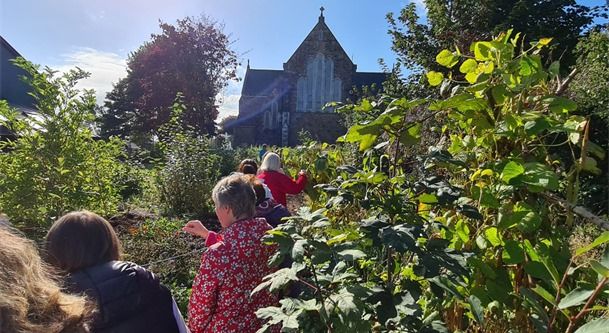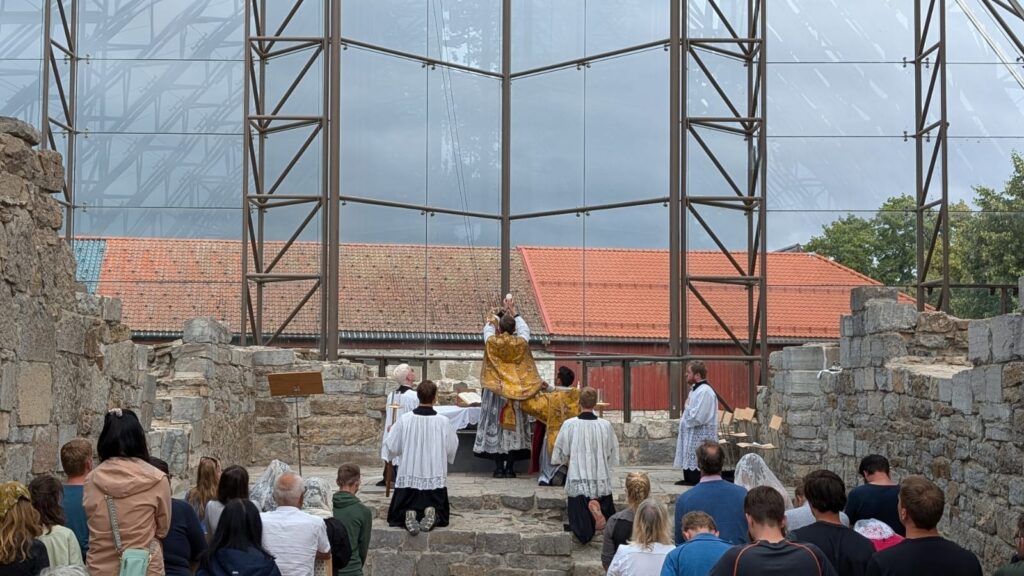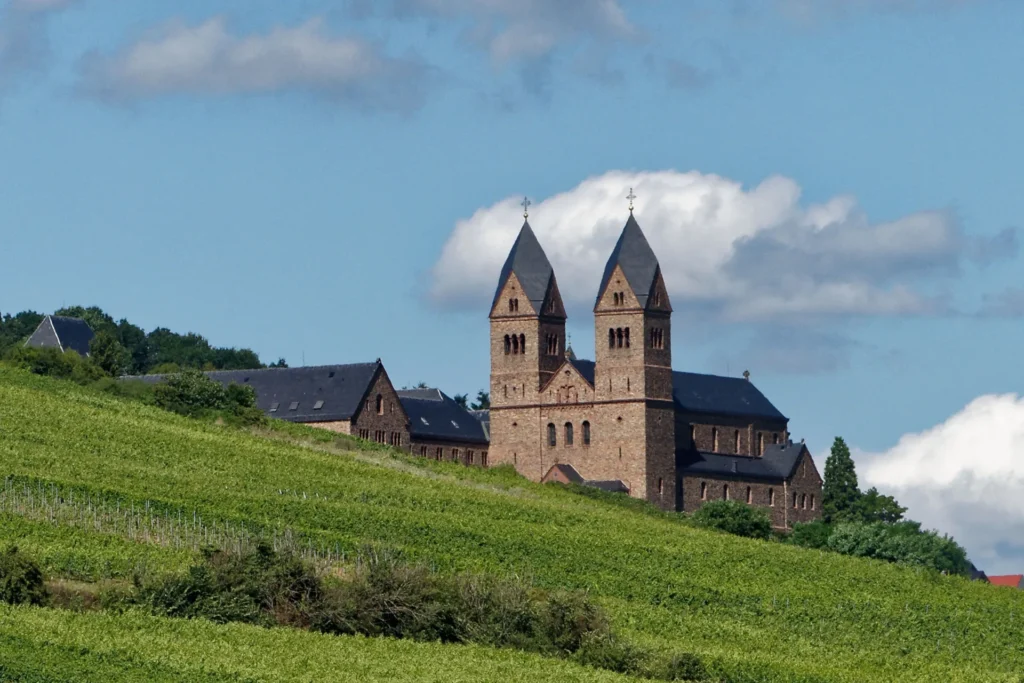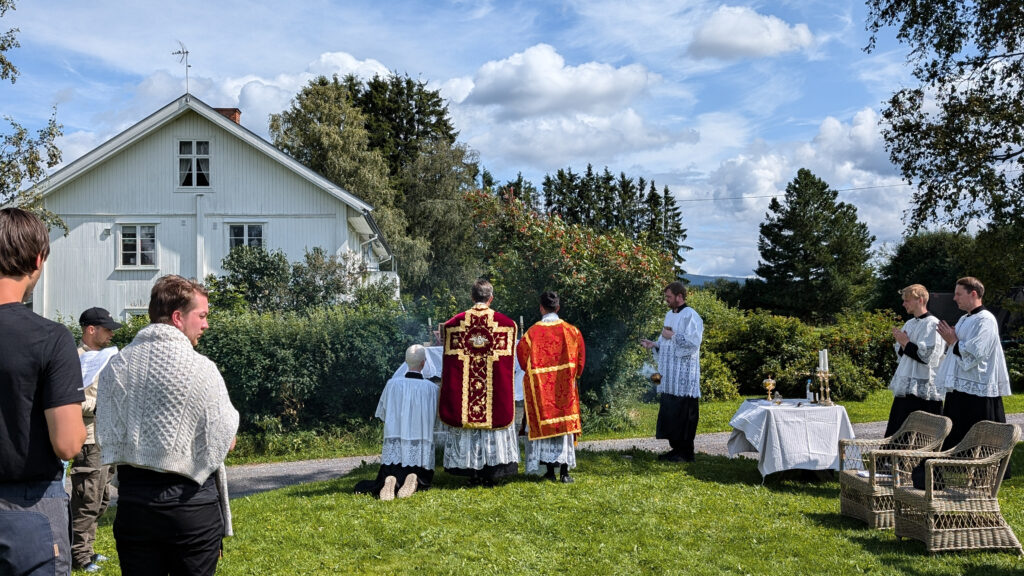Dublin, Ireland, Aug 27, 2023 / 05:00 am (CNA).
On the Emerald Isle, which draws many tourists for its green, unspoiled landscapes, Catholic bishops are in the process of becoming pioneers in the implementation of the encyclical Laudato Si’. They have set a goal for their dioceses and parishes throughout the island: “Return 30% of Church grounds to nature by 2030.”
The origin of this initiative, according to Bishop Martin Hayes, episcopal coordinator for the Laudato Si’ Working Group (LSWG) of the Irish Bishops’ Conference, stems from a COP15 gathering in December 2022 in Montreal (a U.N. conference on biodiversity) where participants agreed to “return 30% of land and sea to nature by 2030.” During the event, more than 190 nations came to an agreement after four years of negotiations.
The Irish Church immediately began to follow through.
“We thought it was a great development internationally and we wondered what it would be like if the Church did the same thing,” said Jane Mellett, the Laudato Si’ officer with the Irish Catholic organization Tròcaire and part of the 12-member Laudato Si’ Working Group, which was born in the wake of the 2015 encyclical.
Archdiocese of Dublin World Youth Day Pilgrims planted 10 Irish native trees before their pilgrimage to Lisbon, Portugal, July 2023. Credit: Jane Mellett
After launching the project last March, the Irish bishops published resources to implement the proposal in July.
“When we talk about Church grounds, we talk about the green area around each parish church which is usually a public space,” Hayes explained. This could involve a vast territory, since in 2022, a survey conducted by the Association of Catholic Priests (ACP) counted 1,355 parishes and more than 2,650 churches or Mass centers across the 26 dioceses of the country.
As the first concrete task, parishes are invited to form a group “to assess their parish grounds and map out an area with a view to returning 30% back to nature by 2030.” Hayes has advised them “to engage with local expertise from gardening centers and with horticulturalists.”
As a way of mapping for biodiversity, the Church proposes on its website a “Grounds Checklist” to help assess the properties. Parishioners are invited to list their natural resources — whether it’s a native hedgerow, natural stonewall, vegetable plot, compost system, or even an orchard or fruit bushes.
To make part of the Church grounds “a haven for pollinators and biodiversity,” simple and practical steps are detailed. For instance, the community can plant pollinator-friendly bulbs, install a bee hotel, create a tree nursery, sow shrubs and flower beds, promote alternative energy sources, or organize a recycling system.
Declan Crowley from the Killorglin Care for Creation group, September 2022. Credit: Jane Mellett
Even in urban centers, Mellet said, “almost every church has some green space, and they could look at their car park, at window-boxes, to plant pollinator flowers not necessarily through grassland but in other ways.”
An ‘incredible step’ focused on the biodiversity crisis
In an interview with CNA, Ciara Murphy, who works as an environmental policy advocate within the Jesuit Centre for Faith and Justice in Dublin, welcomed the bishops’ initiative as “an incredible first step.”
“It sounds like a simple task, but it’s actually a very important initiative because there is a lot of focus on emission and climate but this one focuses specifically on the biodiversity crisis,” she said.
The Irish bishops, she went on, “are showing very good leadership, proposing something that parishes and communities can really get behind.”
Event in Killorglin Parish for Season of Creation 2022 – sharing of seeds, vegetables, flowers from the garden. Credit: Jane Mellett
According to Murphy, many churches have a front lawn or a piece of land, and graveyards can be considered as well. “We can make them more biodiversity-friendly by trying to reduce pesticides or herbicides in the areas… It may even be as simple as putting a rainwater planter at the end of the gutter, or taking up a space in front of the church to plant some pollinators plants,” she explained.
Murphy, who is co-author of the recent book “The Parish as Oasis: An Introduction to Practical Environmental Care” with Kevin Hargaden, underlined that “grassroots work has already been done” in Ireland. She mentioned the “All-Ireland Pollinator Plan” — to which the bishops refer — in which faith-based communities are involved. Already, “there are a lot of examples around Ireland where people have made changes,” she asserted, giving the example of a church “where for every christening and every wedding, they gifted the parents … a tree to plant in their home or family home.”
According to Mellett, there is a lot of interest in this new project.
“The National Biodiversity Data Centre is very happy about it; they said it will make a massive difference to local biodiversity around the country,” she said, adding that “raising awareness is no longer an issue for us; it’s on our news every day. What people want to hear is what they can do and how they can come together to do it.”
Five weeks to reconnect with ‘sa nadúr’
Mellett pointed out another event promoted by the Irish bishops: the upcoming Season of Creation, celebrated from Sept. 1 to Oct. 4, established by Pope Francis as an annual World Day of Prayer for the Care of Creation.
“In the past five years, the participation has grown massively. Each year we see an increase, many people go through Laudato Si’ courses, etc.”
On the homepage “Care for our Common Home,” the Catholic bishops offer a wide variety of resources for the Season of Creation focused this year on the theme “Let Justice and Peace Flow” (cf Amos 5:24).
Killorglin Parish, Co. Kerry, Biodiversity Garden, September 2022. Credit: Jane Mellett
Often absorbed by the digital world, the faithful are encouraged to reconnect with nature — “sa nadúr” in Irish — by “listening, looking, feeling” and “appreciating God’s ‘book of nature.’” The bishops also recommend including a general intercession every Sunday during the Season of Creation and organizing a special blessing of family pets on the feast of St. Francis of Assisi, Oct. 4.
For Murphy, these initiatives don’t stop there.
“In Laudato Si’, it’s really clear that environmental care is not an option, it’s an integral part of our faith,” she said, noting that the defense of the ecosystem “is a good space to link the biodiversity groups and the parish groups. It’s a lovely way to build communities and communication.”
“It’s not just a matter of managing the ground,” Murphy told CNA. “It can be also a kind of spiritual exercise to work in the garden, work in nature, trying to foster something better from what was there.”




